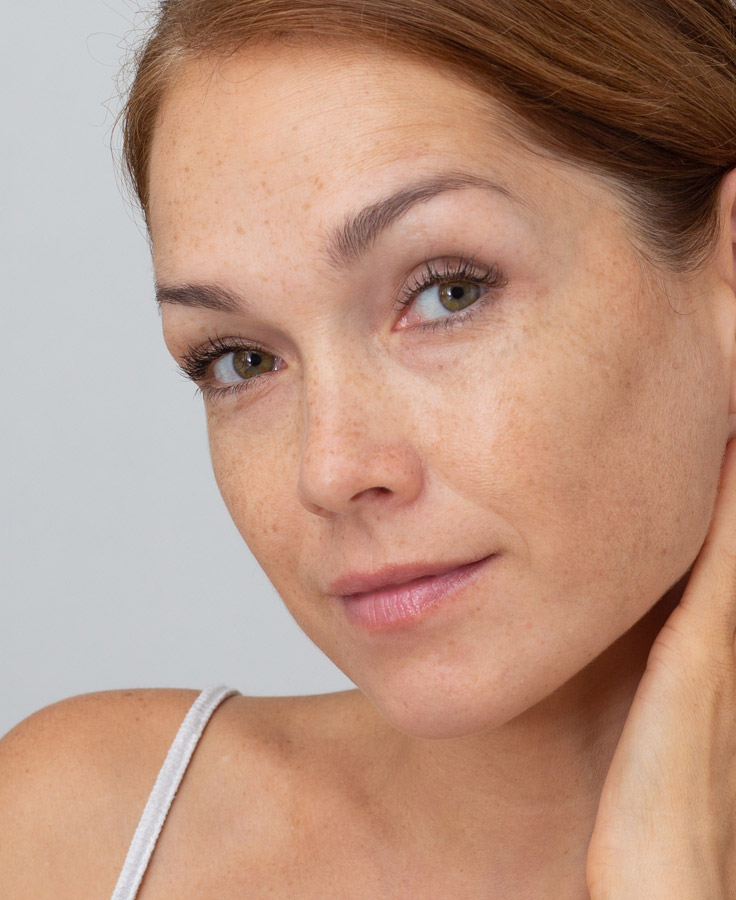Our skin is a canvas that tells a unique story, and sometimes, pigmentation irregularities can alter its natural beauty. Whether it’s dark spots, hyperpigmentation, or melasma, this concern affects individuals of all skin types and backgrounds. In this blog post, we’ll explore the intricacies of pigmentation, unravel the factors that contribute to uneven skin tone, and delve into effective strategies for treatment.
Understanding Pigmentation:
1. What is it?
- It refers to the color of the skin, determined by melanin—a pigment produced by melanocytes. Uneven distribution or excess production of melanin can result in irregularities.
2. Common Types of Pigmentation:
-
- Hyperpigmentation: Darkened areas of the skin caused by an overproduction of melanin. This can result from sun exposure, inflammation, or injury.
- Hypopigmentation: Lightened areas of the skin due to a reduction in melanin production.
- Melasma: Symmetrical brown or grayish patches, often occurring on the face, triggered by hormonal changes, pregnancy, or sun exposure.
3. Contributing Factors:
-
- Sun Exposure: UV rays stimulate melanin production, leading to sunspots and uneven pigmentation.
- Hormonal Changes: Pregnancy, birth control, and hormonal fluctuations can contribute to melasma.
- Inflammation and Injury: Acne, wounds, or skin inflammation may result in post-inflammatory hyperpigmentation.
Strategies for Treating this;
1. Sun Protection:
- Sunscreen is your first line of defense against pigmentation issues. Regular use of a broad-spectrum SPF helps prevent UV-induced pigmentation and protects existing skin concerns from worsening.
2.Chemical Peels:
- Professional chemical peels can exfoliate the skin, reducing the appearance of pigmentation. Glycolic acid, lactic acid, and salicylic acid are common ingredients used in chemical peels.
3. Laser and Light Therapies:
-
- Tri was e MD at DRS clinic
4. Microneedling:
- Microneedling procedures promote collagen production and may improve the appearance of pigmentation concerns by enhancing skin texture
Conclusion:
Addressing concerns involves a multi-faceted approach, combining daily skincare practices, targeted treatments, and professional interventions. By understanding the factors contributing to uneven skin tone and adopting effective strategies, individuals can unveil a radiant and even complexion. If you’re dealing with pigmentation concerns, consult with a skincare professional to embark on a personalized journey towards clearer, more luminous skin.Click here to contact us.


